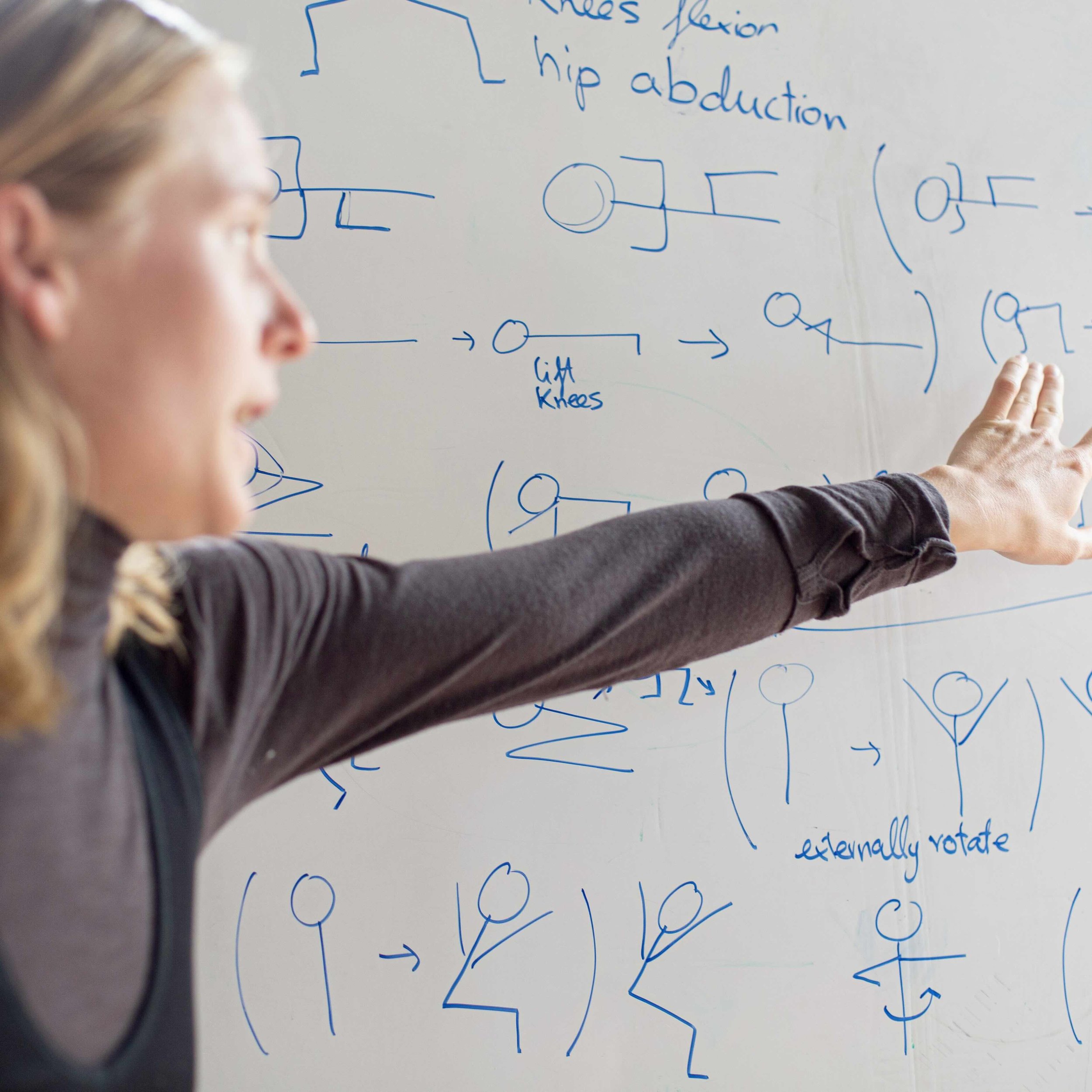Sequencing According to Vinyasa Krama
At Circle Yoga Shala, we embrace the profound principles of Vinyasa Krama to guide how we structure our practices.
As T.K.V. Desikachar describes, Vinyasa Krama means “to arrange in a special, gradual way.” It’s a systematic approach to practice where sequences are built to unfold progressively, moving from simple to complex while maintaining steadiness and ease. This thoughtful progression is designed to meet students where they are, allowing them to safely expand their capacity over time.
The arc of Vinyasa Krama can be broken down into three essential phases: Purva Anga (Preparation Phase), Pradhana Anga (Goal Phase), and Uttara Anga (Conclusion Phase).
During the preparation phase, practitioners begin with foundational postures that help establish stability, cultivate awareness, and generate heat. This stage prepares for the work to come, ensuring that each step builds on what has already been established.
The goal phase, or Pradhana Anga, is where the most effortful and complex postures are introduced. Whether the goal is a particular asana, breath pattern, or another aim, this phase focuses on fully engaging with the intended posture or practice with presence and precision. It’s during this part of the sequence that students are invited to explore the edge of their capacity, safely testing their limits while remaining aligned with the breath.
Once the goal has been approached, the conclusion phase, or Uttara Anga, serves to gently bring the body back toward neutral. Compensatory postures help release areas of tension, release the joints, and restore a sense of integration and ease. This phase is just as important as the preparation and goal phases because it ensures the body is left feeling whole and supported by the practice, rather than depleted or strained.
What makes Vinyasa Krama especially powerful is its adaptability. This principle can be applied not only to asana practice but also to broader aspects of yoga such as pranayama, meditation, or even dosha balancing. It offers a blueprint for creating sequences that honor the natural progression of the body and mind, whether preparing for a single posture or designing a practice aimed at seasonal or personal balance.
At Circle Yoga Shala, we teach aspiring yoga teachers how to apply Vinyasa Krama to enhance their sequencing skills and empower their students. By learning to thoughtfully construct sequences that honor this principle, teachers can create practices that feel elegant, purposeful, and deeply transformative.
Are you ready to deepen your understanding of Vinyasa Krama and elevate your teaching? Join our 200-hour or 300-hour Yoga Teacher Training programs where you’ll be guided through these timeless principles with clarity, precision, and compassion.


